January 5, 2019 – Havana, Cuba
Today was the main event, so to speak, of the cruise. Day one of two in Havana. Previous guest meetings on the ship had prepared us for the day, which would start off with a trip through Cuban Immigration and Customs. Typically when a ship calls in a port, you just get off the ship and start walking around, no worrying about passports or visa stamps or anything like that.
Cuba was a different beast. The cruise director had talked to us about filling out our Cuban visas, and the need to have them done perfectly. And at $75 per person, if you make a mistake you have to buy another one.
As a requirement from the US government, we were required to participate in a “people to people” shore excursion in order to legally visit Cuba. For a long time Cuba was off limits to American visitors, but in recent years the restrictions have loosened. Americans are now able to visit Cuba for purposes of interacting with Cuban people and culture. Because of this restriction, if you weren’t on an excursion you could not get off the ship if you were an American citizen. Fortunately, two excursions (one for each day) were included with the cruise.
We met in the ship’s theater to gather into our groups for our excursions. As soon as Cuban officials cleared us to get off the ship we were herded like cattle to the gangway and the line for immigration. While in line, many people tried to push forward as if it was somehow going to get them into Cuba sooner. In actuality, it just slowed the line down.


Surprisingly the line to get through immigration was not very long. I was expecting a Kafkaesque queue with many superfluous hoops to jump through for what would eventually be a simple task. Instead, I was pleasantly surprised that all we needed to do to satisfy immigration was present our visas, smile for a picture, and get our passports stamped. After getting our passports back from the immigration officer, we headed for the customs line where we passed through a metal detector and put our bags through an x-ray machine.
Unfortunately, the US-led embargo has resulted in a bit of tit-for-tat. If the US does not want people spending their American money in Cuba, Cuba has decided that they don’t want it. In order to buy anything in Cuba, we had to exchange our US dollars for Cuban Convertible Pesos – “CUCs.” As ordered by the Cuban government, CUCs are exchanged at 1 to 1 for US dollars, British pounds, Canadian dollars, and Euros. But in another act of revenge for the US embargo, exchanges on US dollars are subject to a 13 percent fee. So in actually you get 0.87 CUCs to one dollar. Mom took Alicia’s advice and bought Canadian dollars from her bank before leaving. We, on the other hand, didn’t have time to get an order from our bank.
Oh, and once you exchange your dollars you don’t get them back. Spend your CUCs or be stuck with them forever.
We got on our bus for the tour. As we waited we could see old American cars, something Cuba is famous for, passing by on the street outside the cruise terminal. We were greeted by our tour guide Yakarta (named after a city in Asia) and we headed into town.
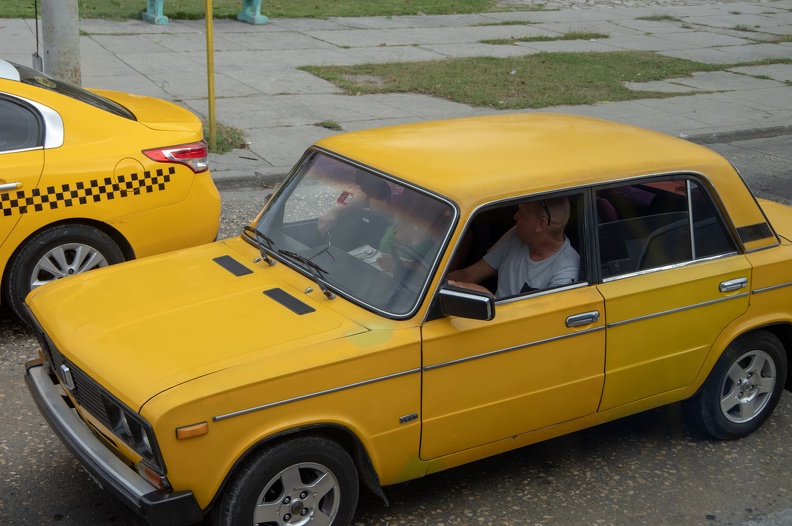
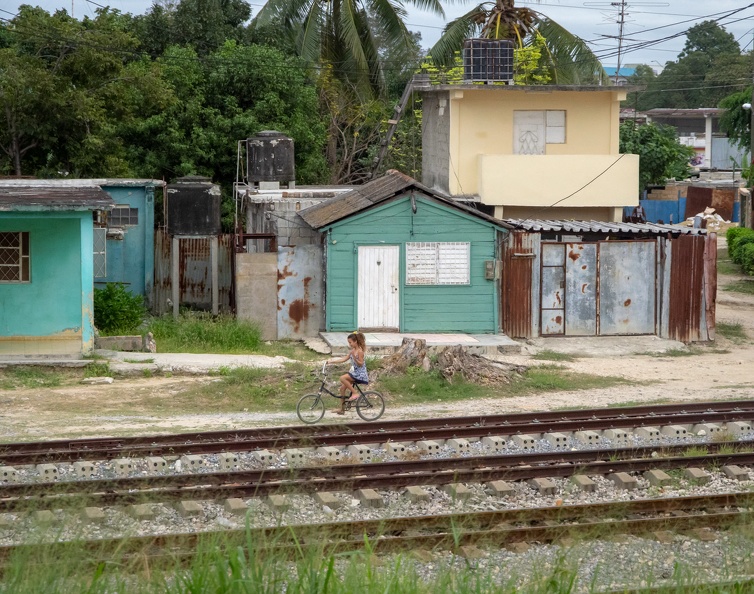

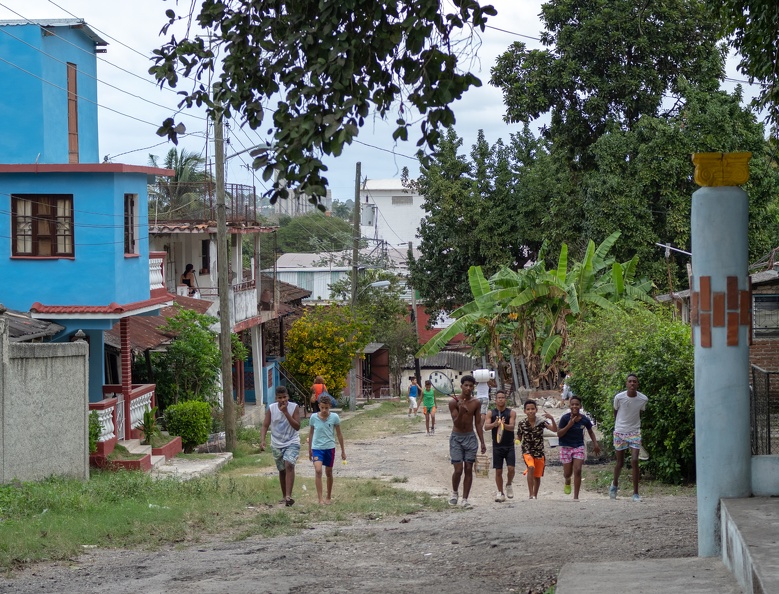


Our bus drove through streets full of opposites. We passed decrepit buildings from the early 20th Century in neo-classical and art deco styles. Occasionally we would see one of these buildings in renovated condition. Interspersed with these old styles, we also saw buildings that were were obviously inspired by the Soviets. Small motorcycles zipped around us, and traffic was filled with old Ladas, newer Hyundais, and the ubiquitous 1950s-era American cars (which I’ll touch on later).
We stopped in the Murelando neighborhood, home to a community art center called “The Tanque.” The Tanque was at one time a large concrete water tank, but has been turned into a space for local artists to work. We watched one artist make posters with handmade ink stamps, one guy was making jewelry out of coconut shells, others were doing more traditional things like painting. We sat and enjoyed a drink while listening to a band that played music that was a fusion of Latin sounds and rock, but distinctly Cuban.




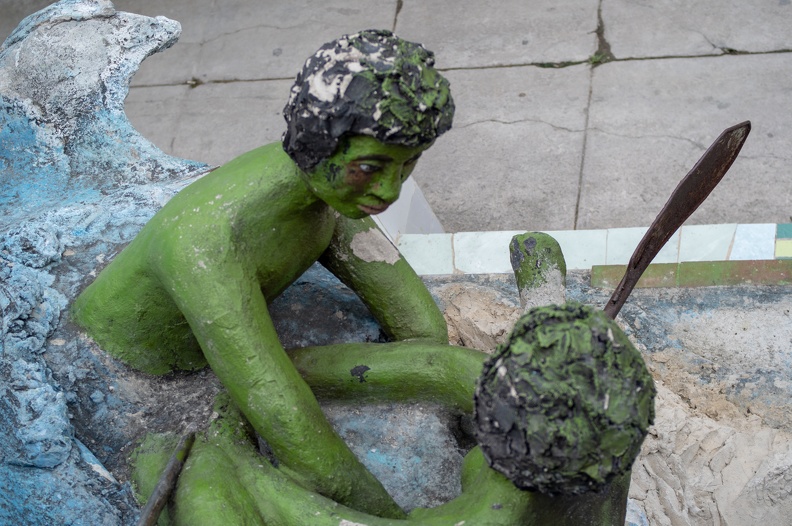

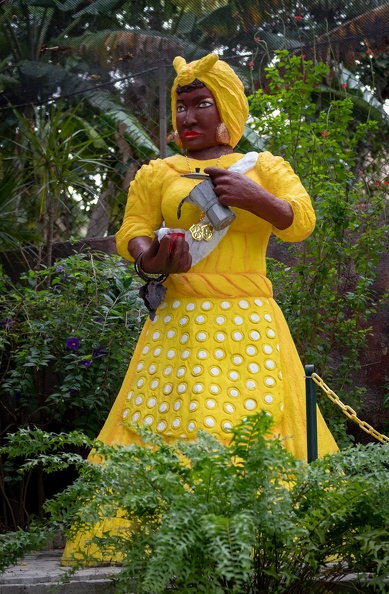


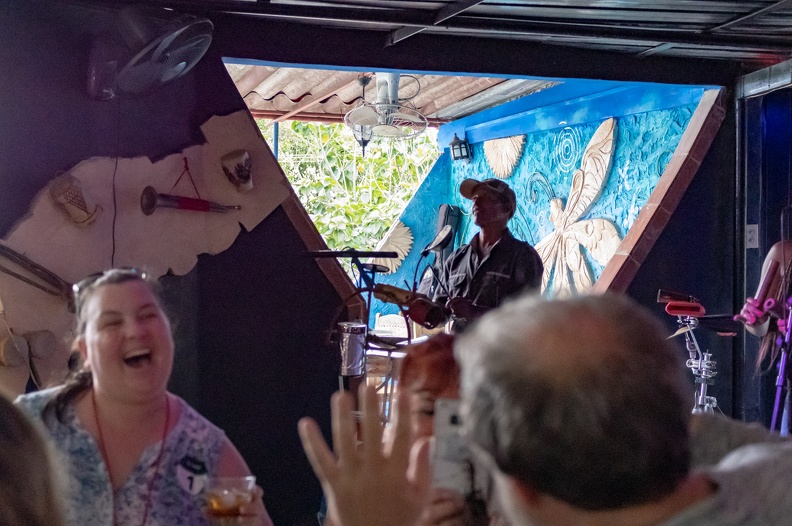
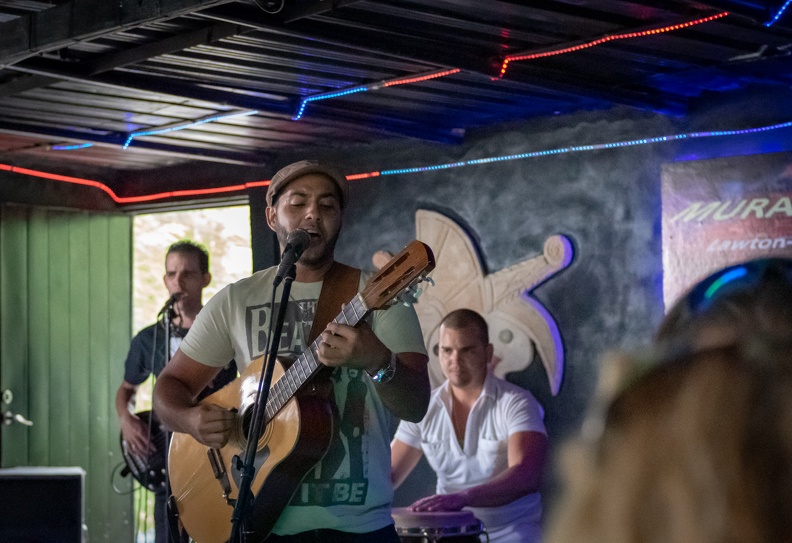

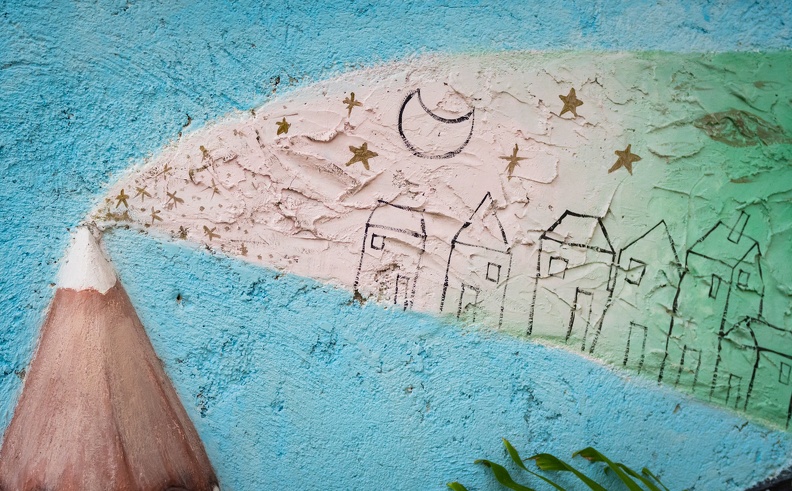


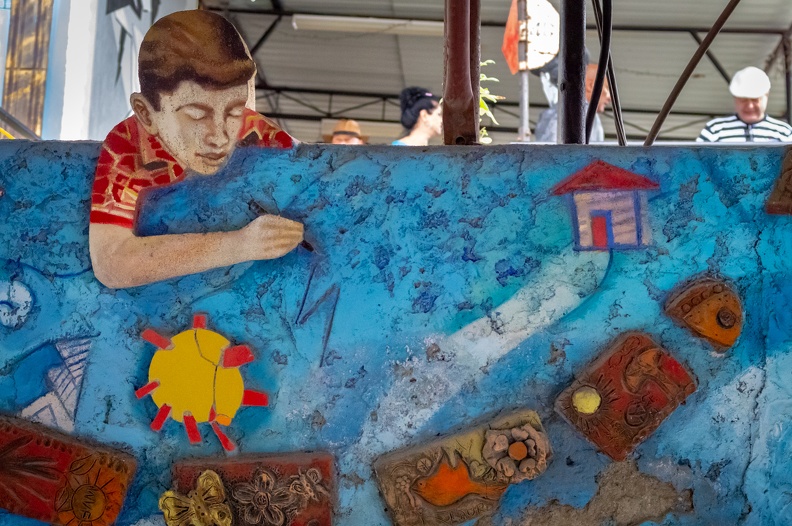
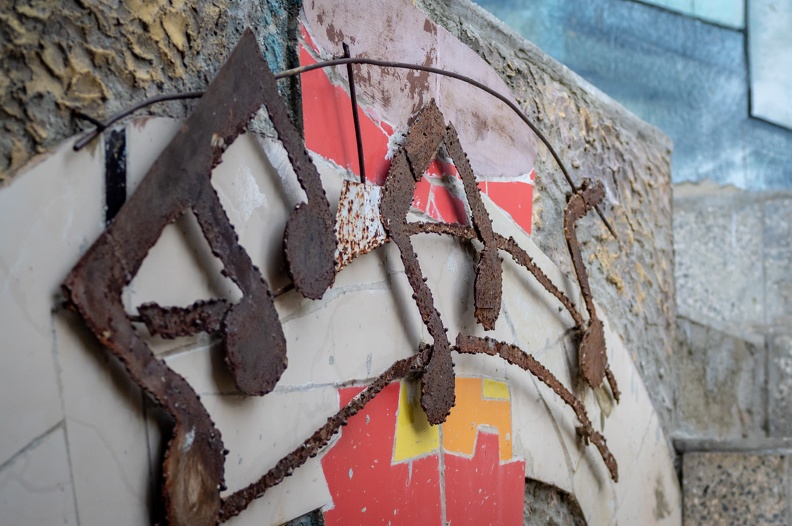
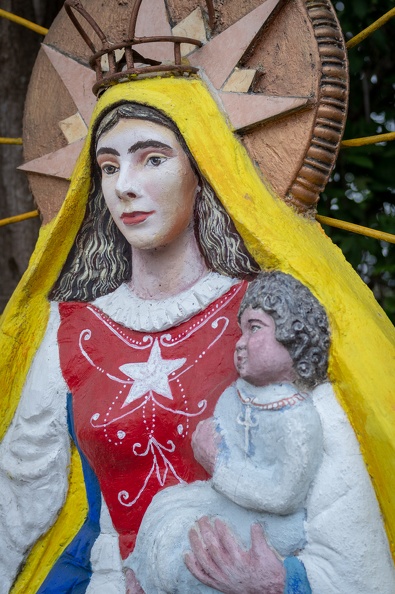
We left Murelando and headed for the Legendario rum factory. While on the way, Yakarta talked about Cuba being the birthplace of rum and praised Cuban rums as the best in the world. In actuality, a rum-like drink was distilled in Cyprus in the 1300s, and the first rum made fro molasses was made in Barbados in the 1600s. In addition to praise of rum, Yakarta talked about the greatness of Cuba. Yakarta said Cuba has very crime, very little poverty, and no violence. Yakarta also made the claim that Cuban doctors (who she said make less than auto mechanics) have developed cures for cancer and diabetes, but cannot share their discoveries with the world because of the US embargo. While I don’t know the truth of those statements, she came off as a mouthpiece for the government, and was likely only telling us things they wanted us to hear.
Yakarta told us about the history of rum in Cuba while at the factory. I would love to tell you more, but I didn’t listen. I was distracted by coffee and cigars. I watched the barista in the rum factory make a flaming Cuban coffee. Flaming coffee is made by adding chocolate liqueur to espresso. The liqueur is then set alight in a small pot. The entire flaming concoction is then poured into a coffee mug from the height of about two feet, making a wonderful display of a flame being poured into a cup.

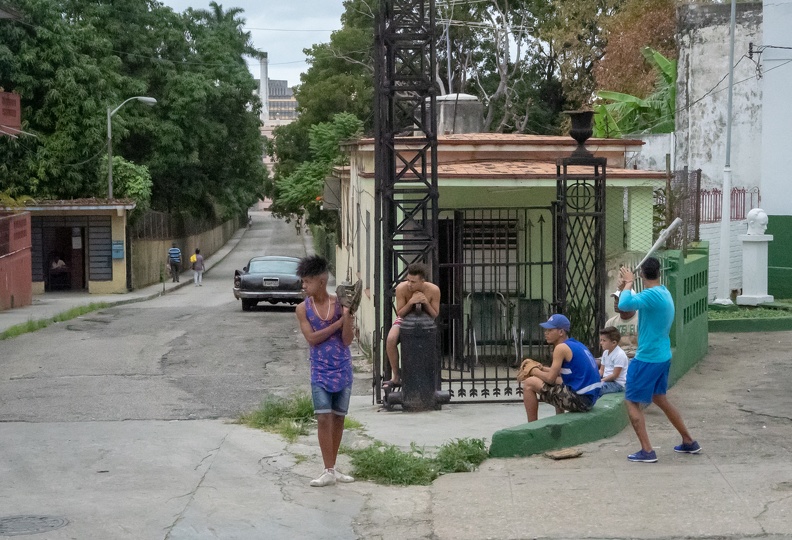

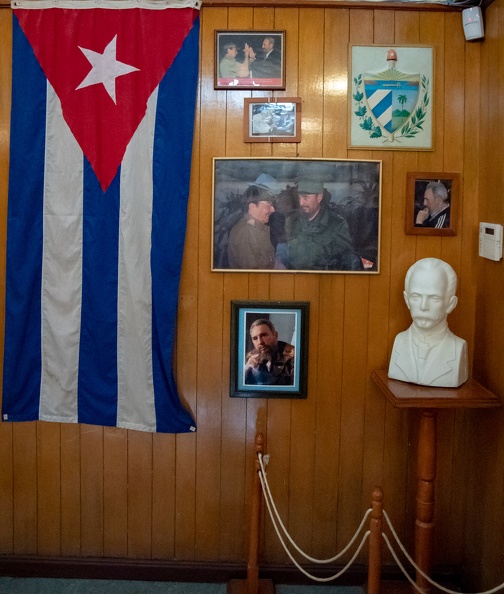

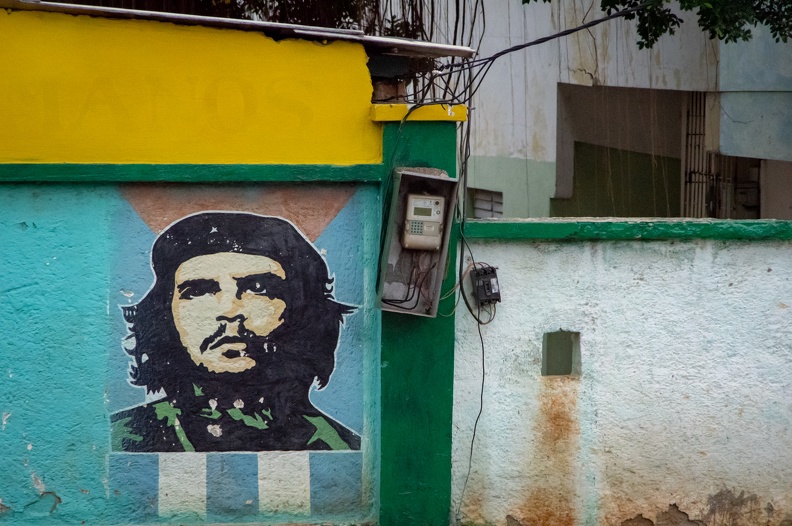
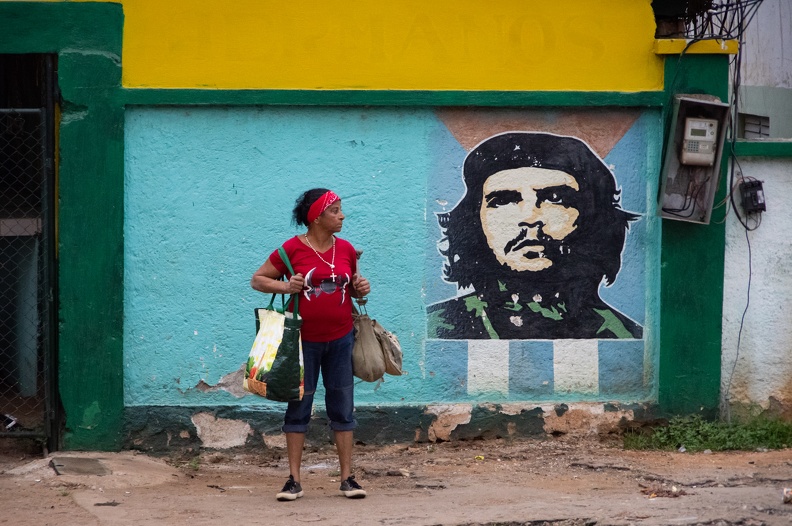
As I exited the rum factory, I was accosted by several guys (more “friends”) trying to sell me cigars for half the price of the store inside the factory. They told me to check the “other” shop through a door on the bottom floor of the factory. I went toward the door, but only saw an alley. Not today. Not today. I got back on the bus and found out the “cigars” the guys were peddling were likely stolen. Alicia told me an employee from inside the factory confronted the men about stealing cigars from the store. The men fled, but not before tossing their cigars to another person standing by.
The bus carried us on to the Plaza de la Revolución, site of many of Fidel Castro’s speeches to the Cuban people and even masses celebrated by the Pope. One one side of the plaza were two government buildings with steel sculptures of Che Guevara and Camilo Cienfuegos with quotes from each. “Hasta la victoria siempre” – “To victory, always” from Che, and “Vas bien, Fidel” – “You’re doing fine, Fidel” from Cienfuegos. Towering over the opposite side of the plaza was the 358-foot-tall José Martí Memorial. Martí is Cuba’s national hero and there are references to him all over Havana.
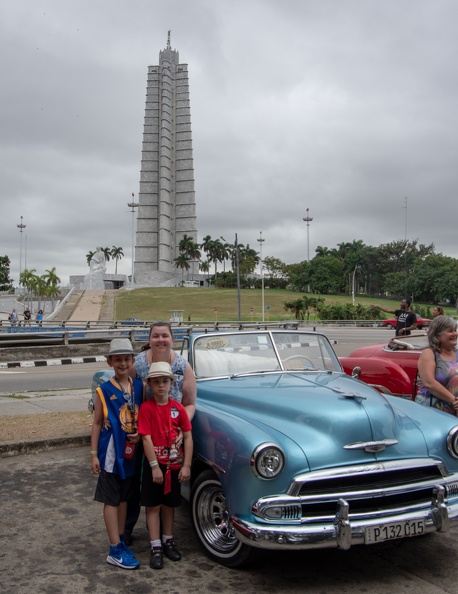


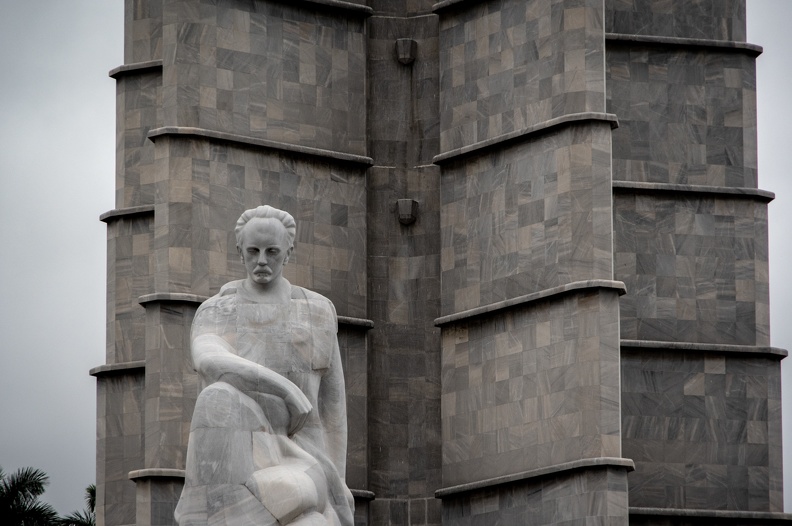
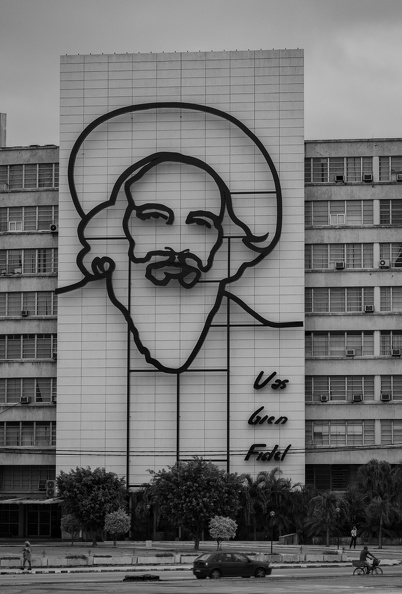
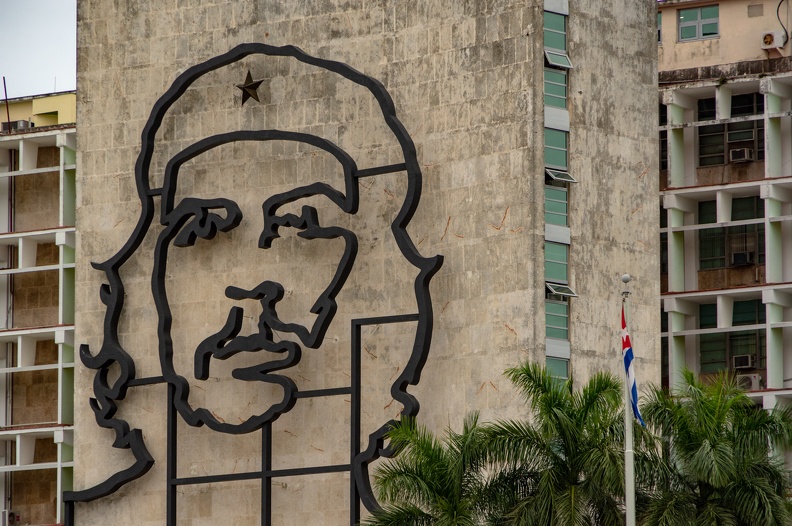

After a few minutes at the plaza, we re-boarded the bus and rode toward the Malecón, the 5-mile-long sea wall along the north side of Havana. The Malecón was lined with many old and new hotels, and buildings yet to be repaired after Hurricane Irma in 2017. We passed the US Embassy, surrounded by its wrought iron fence, and directly across from a plaza containing the José Martí Anti-Imperialist Platform and the “Wall of Flags.” As we passed, Yakarta conveniently left out the word “Anti-Imperialist” when referring to the plaza. She also didn’t say anything about the reason for the Wall of Flags. I will though.
The plaza, which was built in 2000 directly across from the US Embassy, has been the site of many protests against the US government. The first protest was over the custody of Elián González, the 6-year-old boy who was taken from Cuba by his mother and whose family in the US refused to return to his father in Cuba. Since then, the plaza has been used for other protests and the stage that has been used for concerts. The Wall of Flags was placed in the plaza in 2006 as a sign of protest against an electronic message board that had been built on top of the US embassy. The group of 138 now-rusting flag poles and black flags with white stars (which were not flying today) were put up a month after the message board was installed and are just high enough to block the public’s view of the board when standing in front of the stage.
As we passed the far end of the plaza, Yakarta pointed out a statue of Martí which depicted him shielding a child with his body and arms while pointing in the direction of the US embassy. Yakarta told us Martí was protecting the child from invading “imperialists.”
We continued into downtown Havana and passed the former capitol building. The capitol was built between 1926 and 1929 and formerly housed Cuba’s congress until the revolution in 1959. The capitol has a similar appearance to the US capitol, but was not built as a replica despite being built by an American construction company. After the revolution, Cuba’s congress was disbanded and the building fell into disrepair before being turned into a museum. The building is currently being restored to be used again by the Cuban National Assembly.


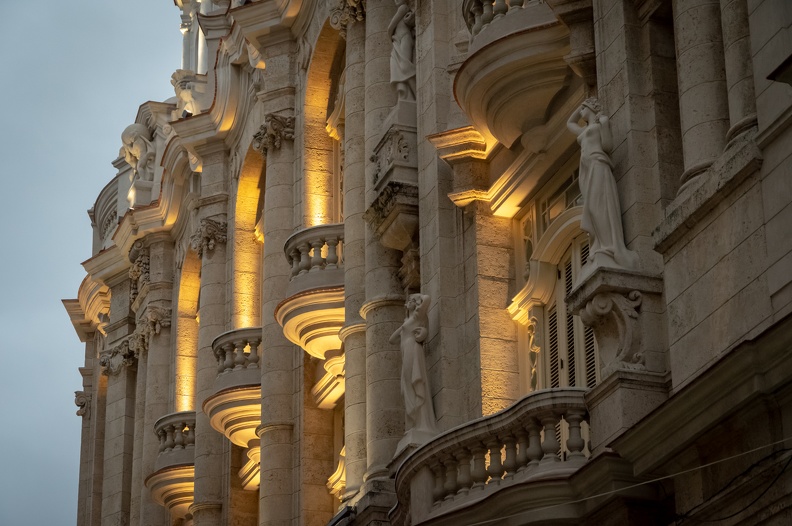
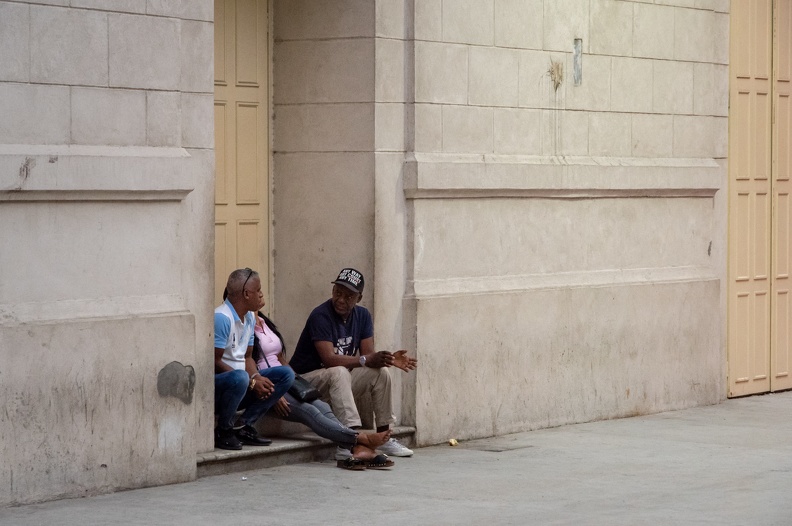


A block away from the capitol, the bus stopped in Havana’s Central Park for a break. We wandered around and found a shop just off the park that sold Cuban sandwiches. We grabbed a couple for the road (and to satisfy two hungry boys) and realized we were late for the bus. We ran back and made it just in time.
The bus then took us to the San Jose Artisans’ Market, another of our people-to-people and Cuban culture stops. The market was filled with kiosks with artists selling items ranging from paintings, to t-shirts, to handmade wooden cigar boxes. Once again I met many “friends” who wanted to find me exactly what I was looking for (especially cigars).
We returned to the cruise terminal and made our way back onto the ship. We grabbed a quick dinner, dropped the kids off at the kids’ club, and headed back out to explore the city some more.
Just outside the terminal we picked up our taxi for the night, a bright pink 1952 Chevrolet convertible (powered by a Hyundai diesel engine) driven by Ragith (pronounced “Rah-heeth”). Ragith was in his 20s, had spiky hair, and stylish clothing; he would have looked just as at home in Miami as he was in Havana. Ragith drove us around the city to some of the places we had seen during our bus tour. The only difference was we could spend more time at them, and choose where we got to go.
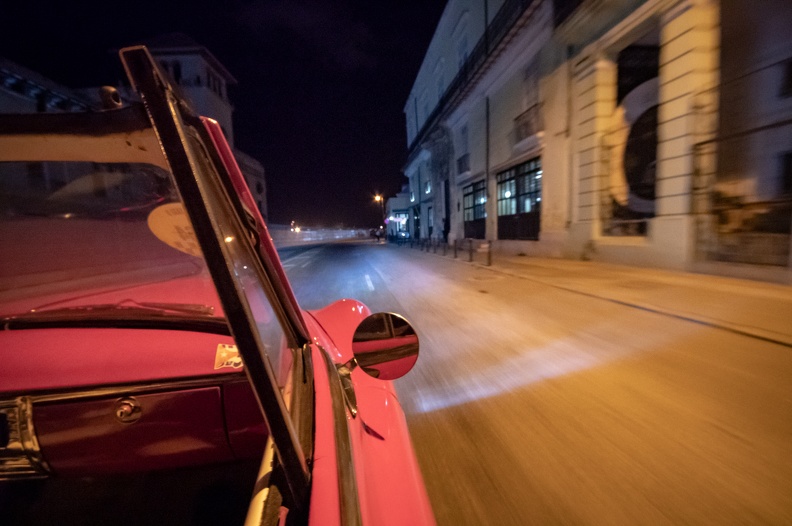

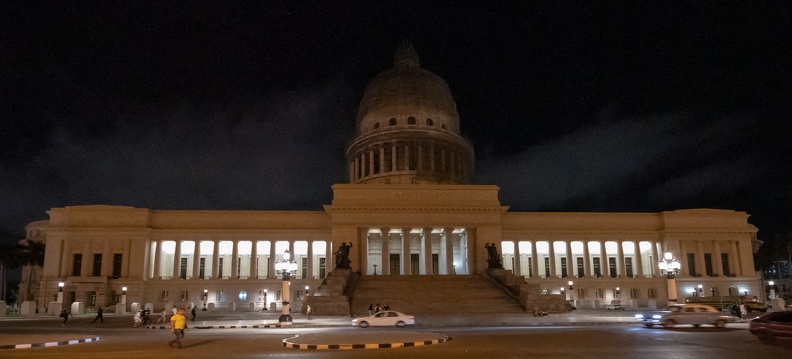



We stopped at the Plaza de la Revolución where the sculptures of Guevara and Cienfuegos were aglow with back-lighting. Floodlights illuminated the Martí memorial, while soldiers stood guard at its base. I used a pedestrian under-crossing below the Avenida Paseo to get a closer look at the memorial. As I walked past the guard shack, I got some curious glances from the soldiers watching over the entrance.

Ragith then took us through some of the neighborhoods where tourists don’t often go. We passed the enormous gate of the Colón cemetery, Havana’s largest cemetery, covering more than 122 acres and holding about 800,000 graves.
We headed down the Malecón, where waves were crashing over the top of the sea wall and onto the sidewalk. We passed a plaza below the Hotel Nacional (which was mentioned in “The Godfather II”) where there looked to be a large party going on. Hundreds of young Cubans gathered with loud music for what was likely a typical Saturday night.
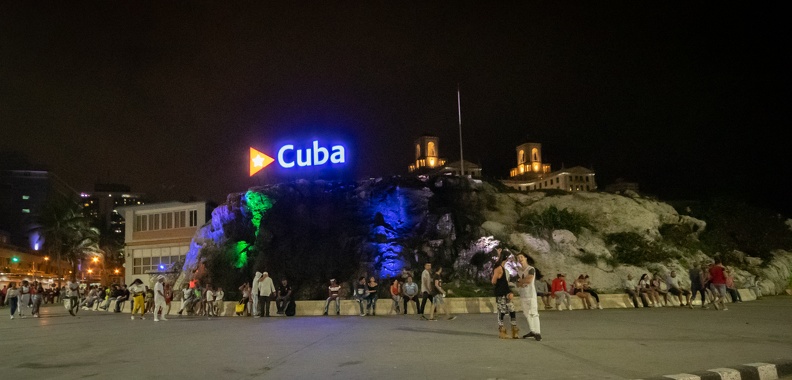
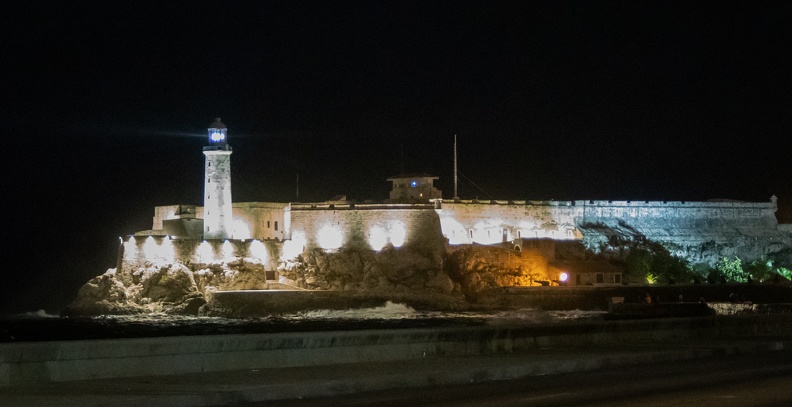
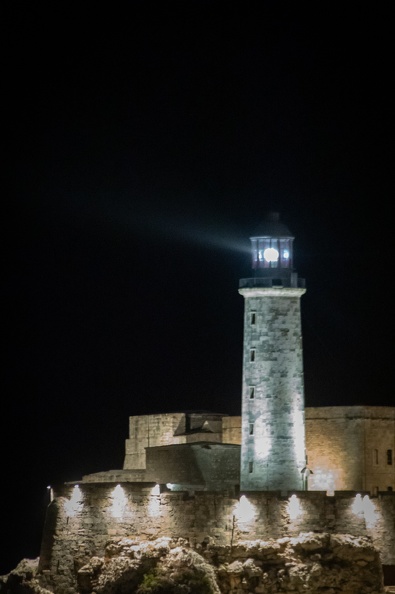

We ended our nocturnal tour at St. Francis of Assisi Plaza across from the cruise terminal. What a great time, and there was still another day to explore!
